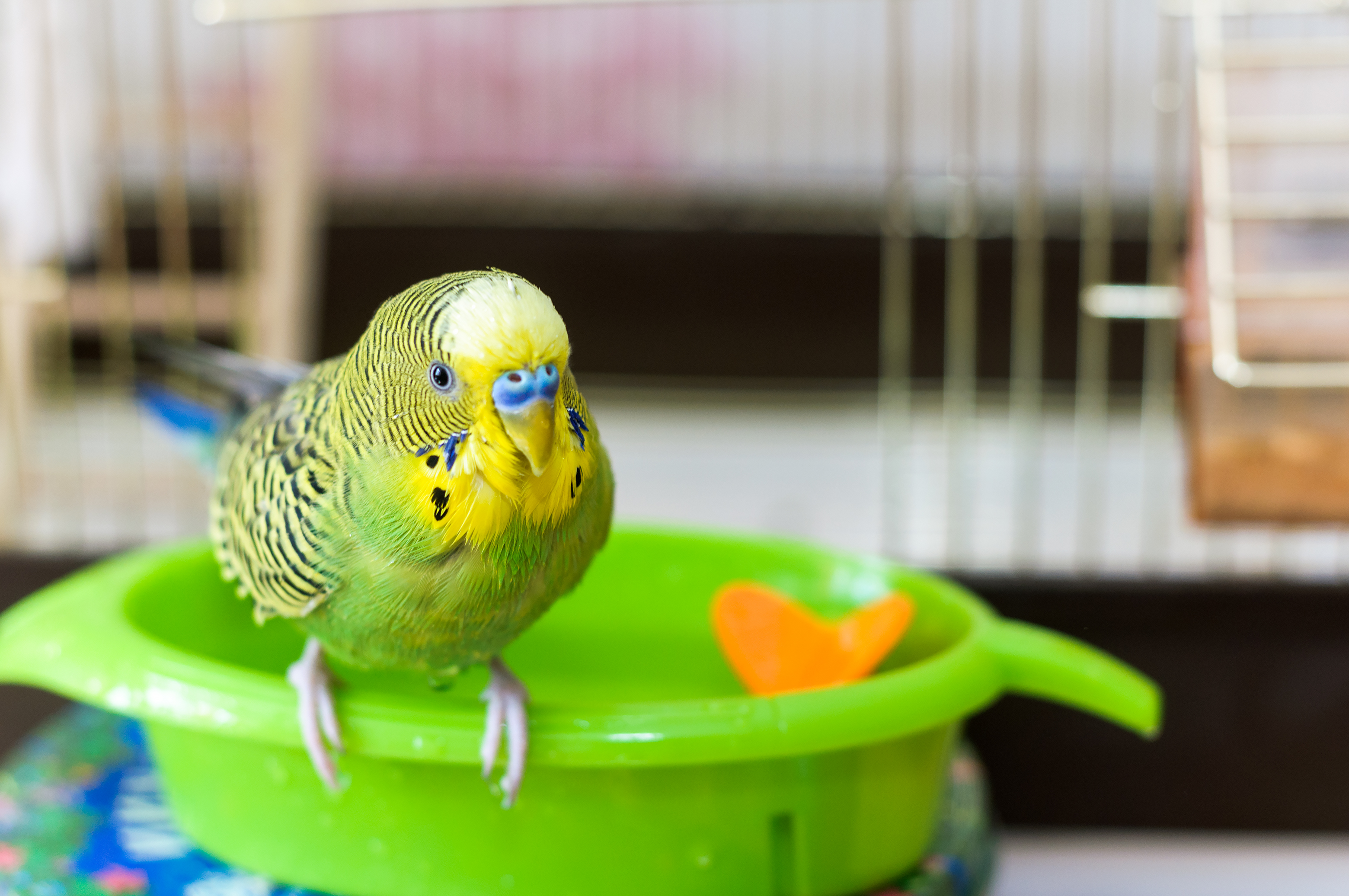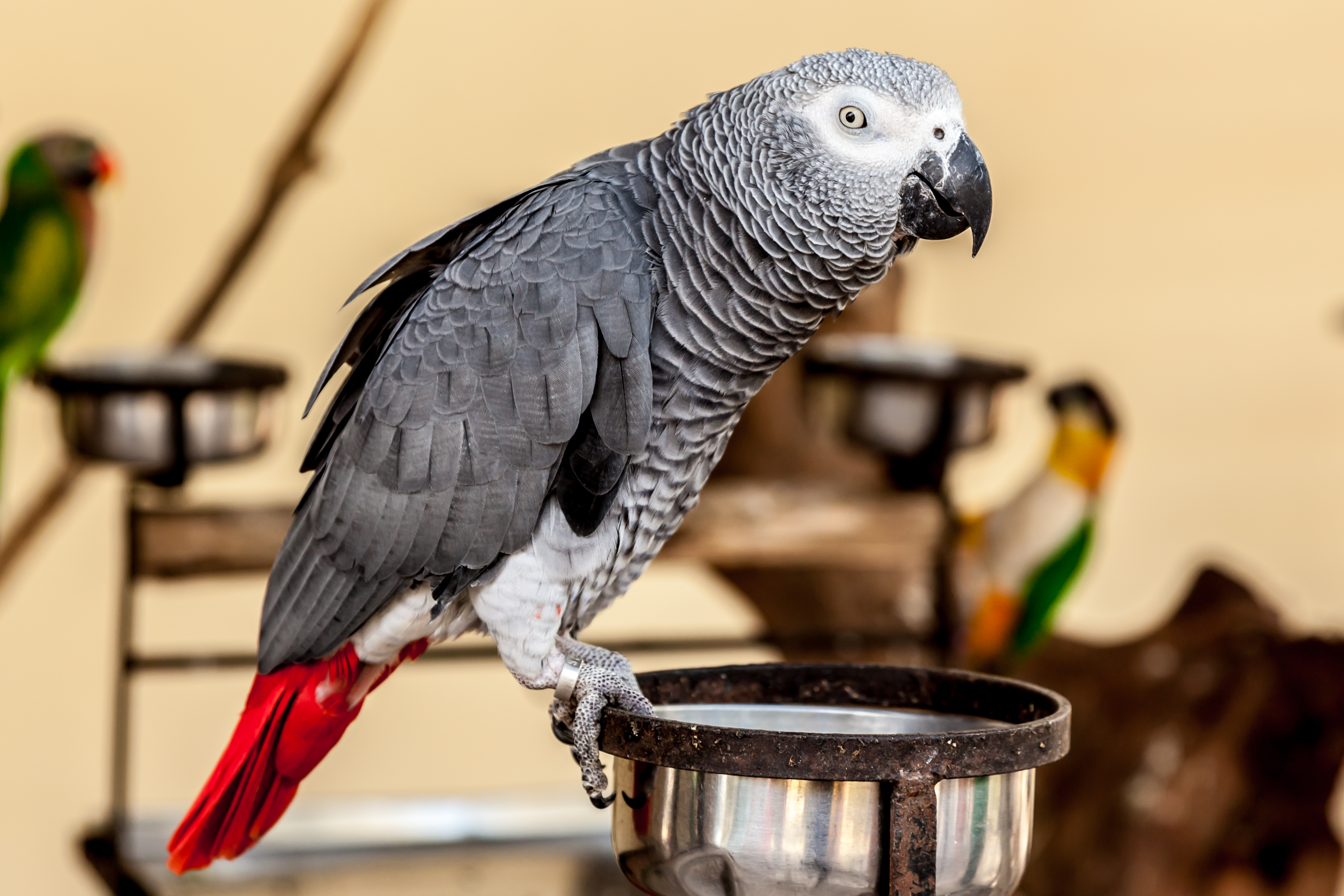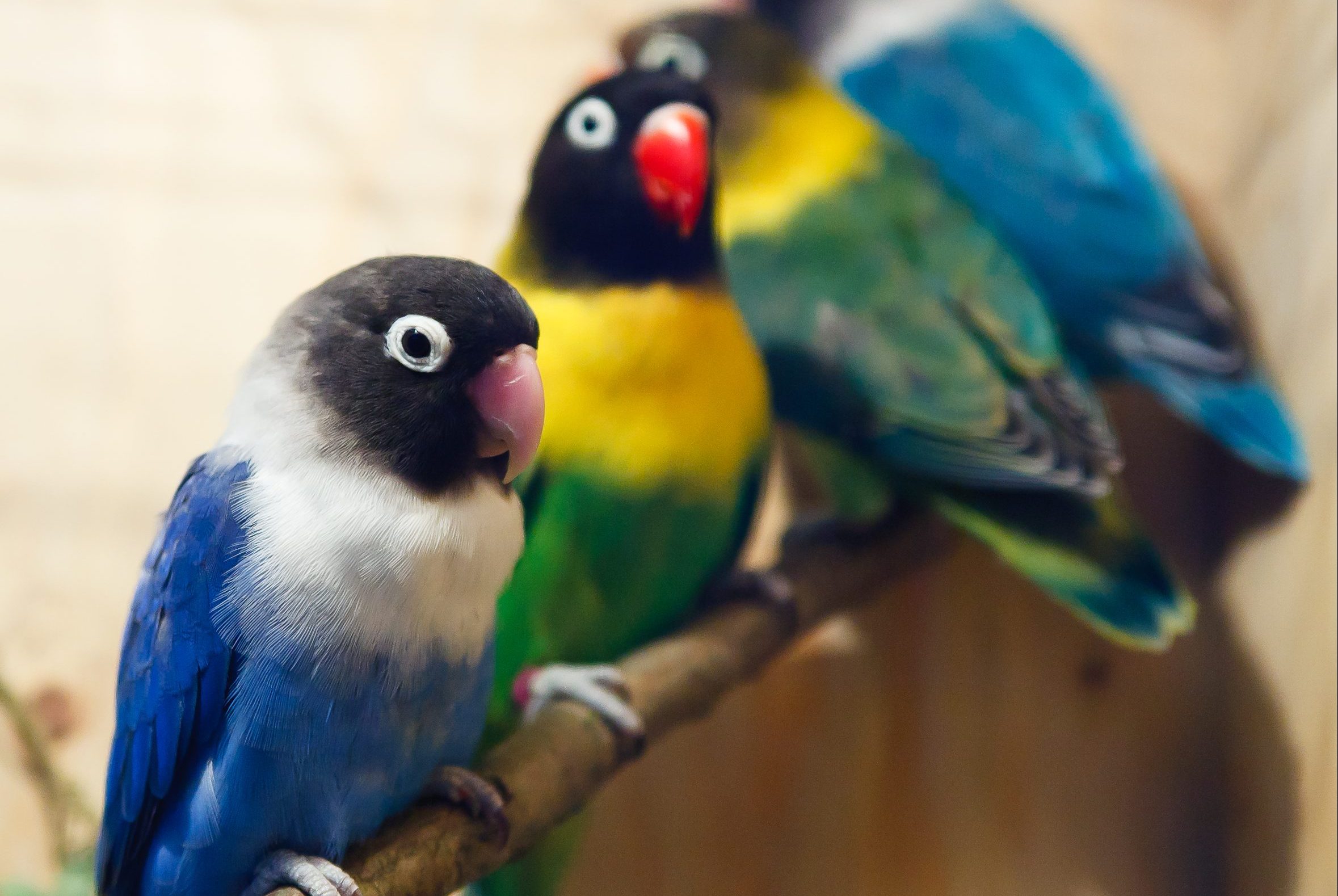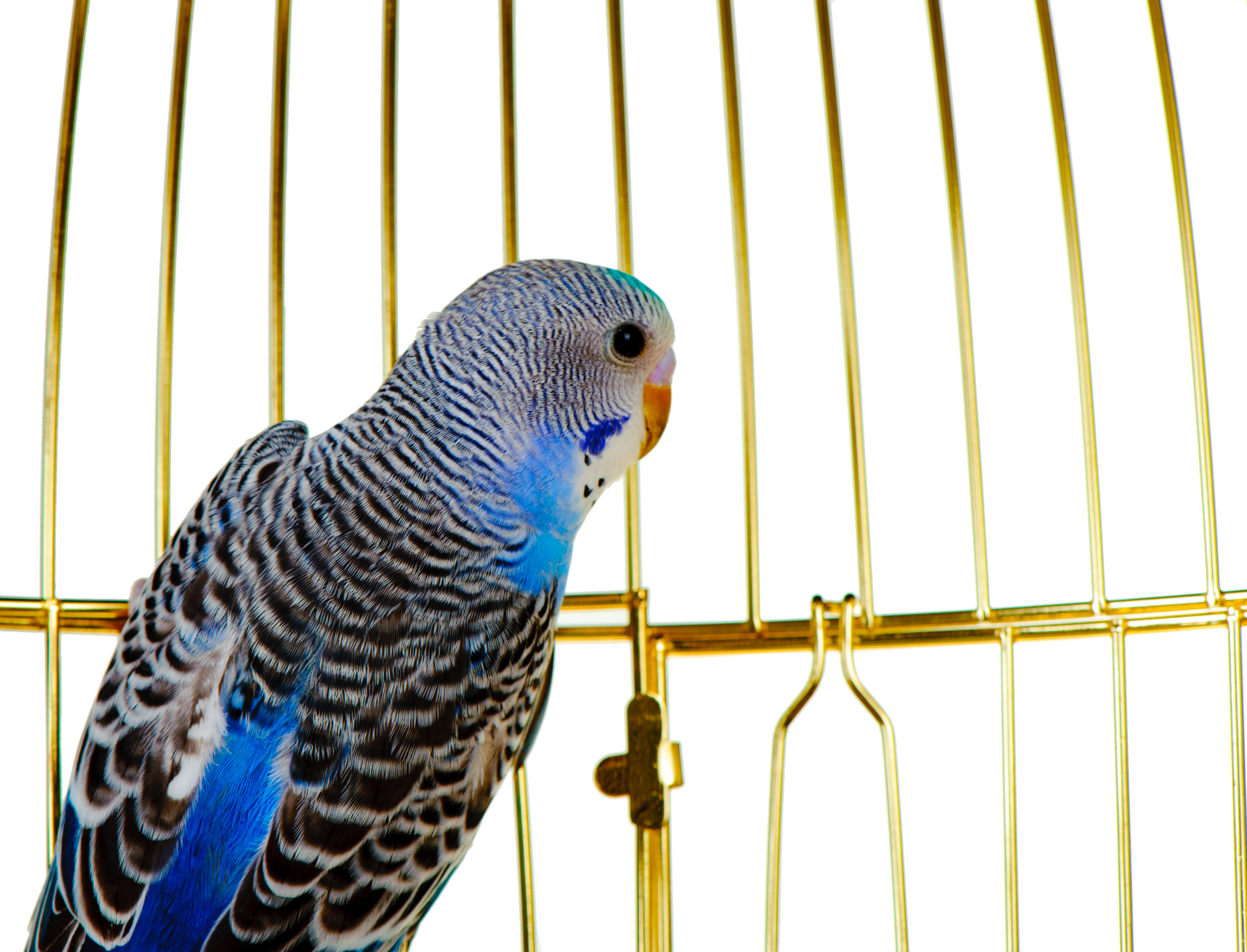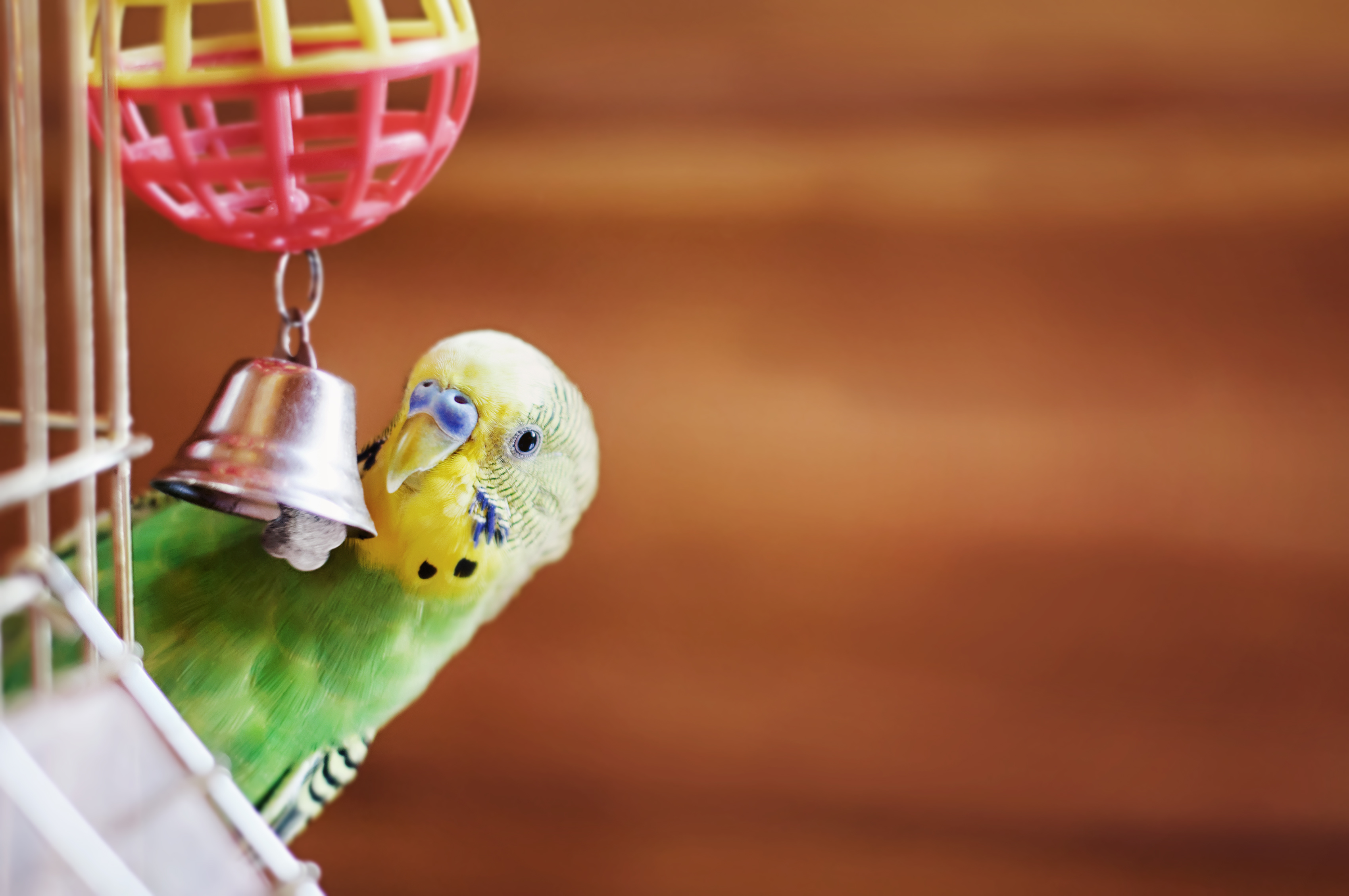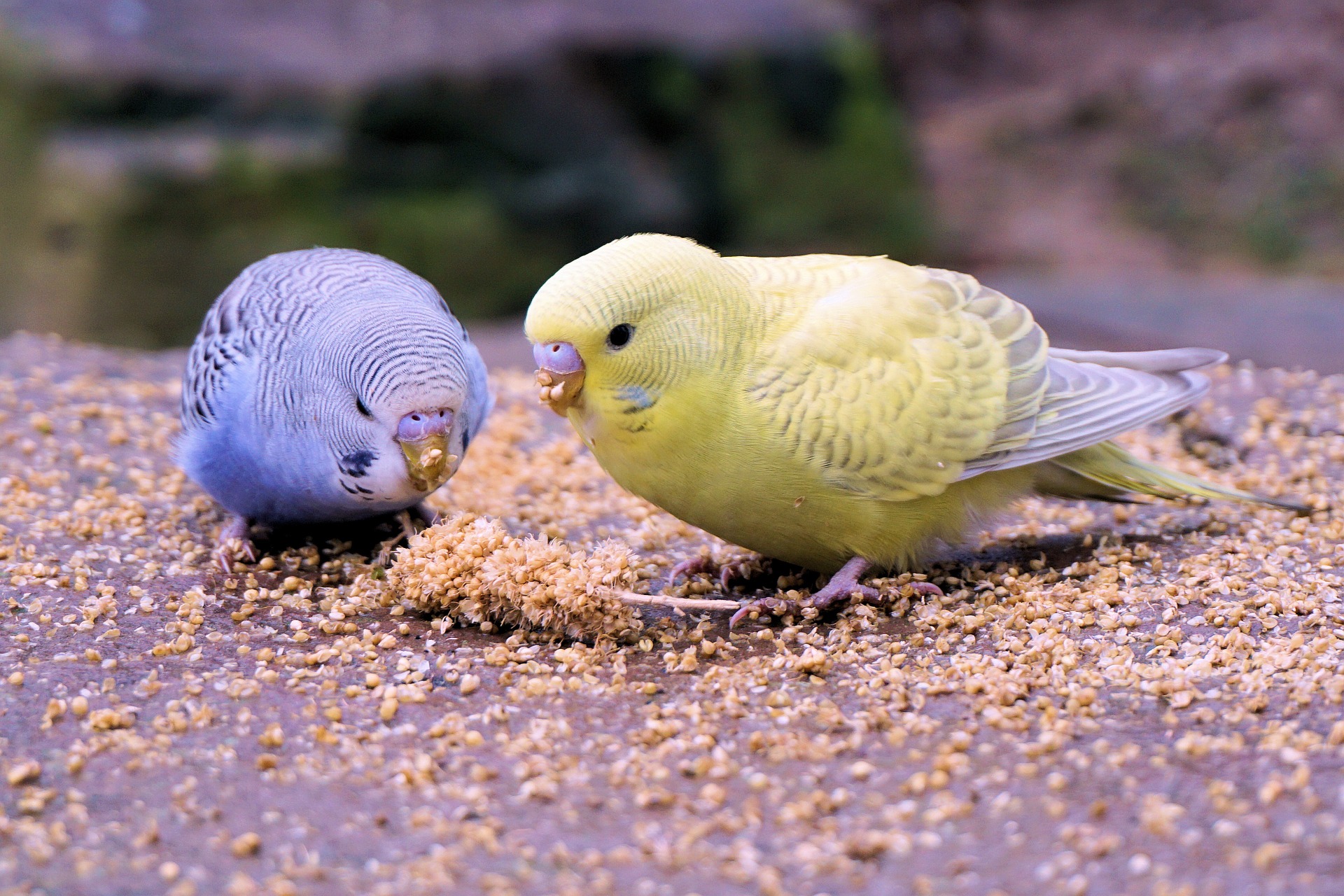Seeds for Success
Erik J. Martin //May 2, 2017//
They say the quickest way to a man’s heart is through his stomach. That can also be said of pet birds, whose owners know that providing nutritious yet tasty edible offerings can keep their winged companions healthy and happy. More importantly for pet retailers who cater to this need, it can sow the seeds for a successful merchant-customer partnership that brings patrons faithfully back for more when that favorite food for feathered friends runs out.
But earning a valued reputation as the go-to destination for primary diets requires a store to evaluate its current set carefully and determine if it needs a wider array of brands and products that fit the bill for various breeds. It also involves identifying industry trends that could keep the retailer ahead of the curve when it comes to consumer preferences.
For example, Tim Norsen, national sales manager for Bowling Green, Ohio-headquartered Vitakraft Sun Seed, Inc., says he’s observed a recent resurgence in blended, forage-style diets.
“Pet bird diets have historically been divided into two groups: seed mixes and pellets. Recognizing that the vast majority of consumers use both, companies have begun to emphasize blended diets as an easy feeding mechanism that gives the consumer what they want and more. These have high ingredient diversity and almost always contain a mixture of seeds, nuts, extruded pellets, fruits and vegetables,” said Norsen, who noted that Vitakraft launched Sunsations Natural and Vita Sunscription with these concepts in mind. “The goals with these types of diets are to be nutritionally complete, attractive to the consumer and to minimize selective feeding.”
Family-Friendly Foods
Another trend gaining traction in the bird food space is pet humanization: treating and nurturing birds like a valued member of the family, says Gail Shepard, director of marketing for ZuPreem in Mission, Kansas.
“We conducted qualitative and quantitative research, reaching out to approximately 1,800 homes representing around 4,300 pet birds, and did six focus groups across the country,” Shepard said. “We found that bird owners are concerned with meal occasions; they don’t want to feed the same food to their bird at the same time throughout the day. So we came up with a new Feed Smart nutrition program, launched last August, involving three product lines that help pet parents take the guesswork out of daily feeding.”
The three product lines are Essential Nutrition (including FruitBlend, VeggieBlend, NutBlend and Smart Selects brands), which should constitute 60 percent of the bird’s diet; Enriching Variety (Pure Fun and Sensible Seed)—no more than 30 percent of the diet; and Rewarding Treats (Real Rewards)—no more than 10 percent.
Other examples of products that attempt to simplify the daily diet choice include Marion Zoological’s Scenic Bird Food line and its new Paradise Mixed Flavor pelleted food; Brown’s Tropical Carnival Zoo Vital Extruded Ultimate Avian Diets; Kaytee’s Fiesta, Forti-Diet, Supreme and Exact Rainbow food lines; Hagan’s Hari line of extruded diets, including Tropican Lifetime Formula Granules and High Performance Granules; Lafeber’s Premium Daily Diet pellets; Harrison’s Bird Foods’ Adult Lifeline formulas; and Caitec’s Oven Fresh Bites baked diets.
Lessons from the Label
Norsen adds that manufacturers have also made a strong effort lately to improve bird food packaging, which helps to enhance the look of a store’s bird department as a whole. Case in point: all of Vitakraft’s bird diets are now available in stand-up packaging with improved graphics.
“We’re in the process of redoing the packaging on our three lines: Sweet Harvest, our value brand, and Rainforest and McBride, our premium brands. They’re currently in lay-down bags, but we will go to stand-up gloss mat bags soon,” said Ben Goldman, director of sales for Kaylor of Colorado, which is located in Greeley, Colorado. “Packaging is critical. The perception of our customers is that there is greater value in our Sweet Harvest brand, even though it’s not our premium line, because of the packaging, which promotes the dehydrated carrots, banana chips and chili peppers within and catches the customer’s eye.”
Shepard notes that consumers desire cleaner and simpler labels they can better understand.
“They appreciate better visualization with graphics on the packaging that they can relate to,” Shepard said. “And they want to see recognizable ingredients. If we tell them that there are apples in our product, we put a graphic of an apple on the back.”
In-Store Strategies
Reading packaging isn’t the only way shoppers can become more knowledgeable about better ingredients and dietary requirements for birds. Pet stores should also take the initiative to get patrons up to speed on how to choose the right goods.
“Educating your customers about the nutritional needs of their birds is the best way to sell products,” says Stephanie Carbaugh, design and marketing assistant for Sinking Spring, Pennsylvania-based F.M. Brown’s Sons, Inc. “This can be accomplished through point-of-purchase signage and materials, in-store training or websites with useful information.”
When it comes to merchandising bird diets, retailers can try implementing brand blocking with a good, better and best product approach to shelf placement.
“The goal here is to encourage the consumer to purchase more premium foods,” Norsen said. “Also, consider bulk dispensers. Selling in bulk is a great way to encourage customer loyalty and grow margins.”
Clever promotional strategies can pay dividends in the bird food zone, too.
“Host small events that attract families, such as throwing a birthday party for your store’s bird mascot, bringing a veterinarian in for a Q&A with customers and making your store available to daycare centers who can read a book about a bird to kids and then show them a real bird,” Shepard suggested.






